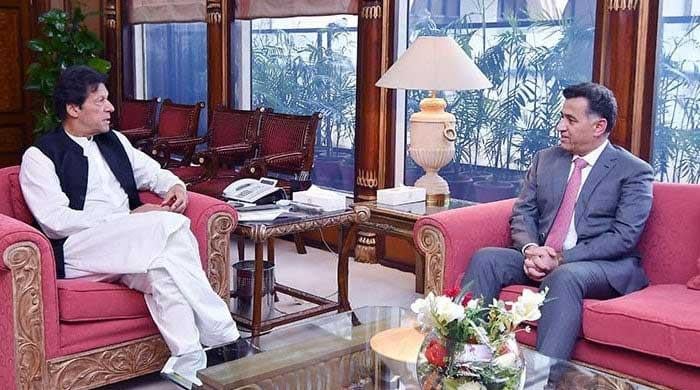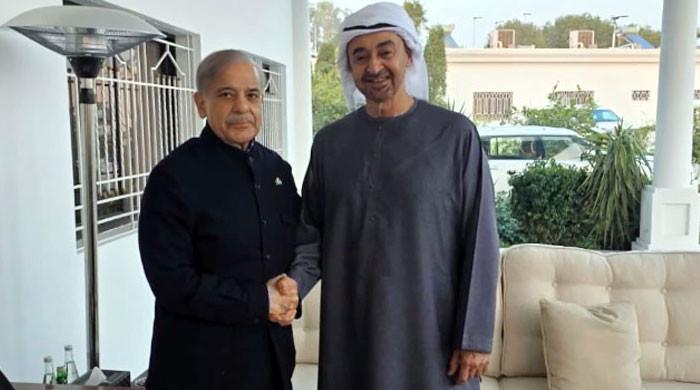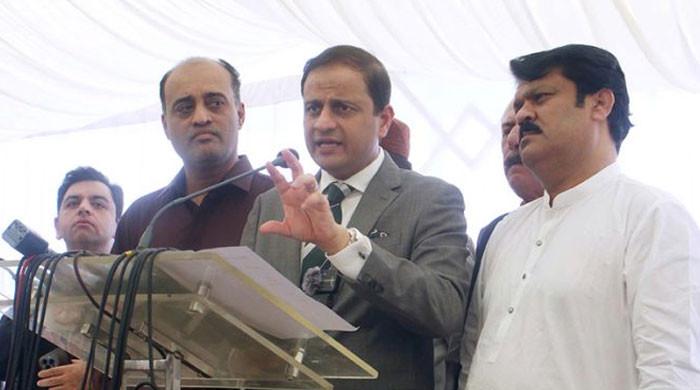Election 1993 — Kakar formula and Benazir Bhutto's rebound
This video report, covering 1993 elections, is part of a series about history of Pakistan elections since 1970
February 01, 2024
The second elections of the 90s were held in 1993 after President Ghulam Ishaq Khan sacked Nawaz Sharif's government under Article 58 2(B) on April 18, 1993.
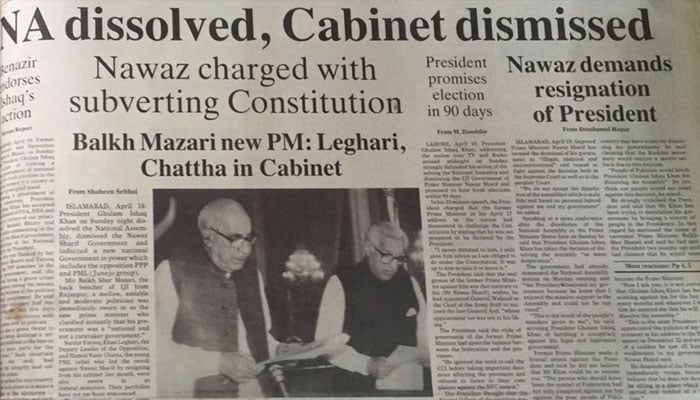
Although the Supreme Court had restored Nawaz's government, due to a severe clash between Nawaz and President Ishaq, the assemblies were dissolved again under the Kakar formula.
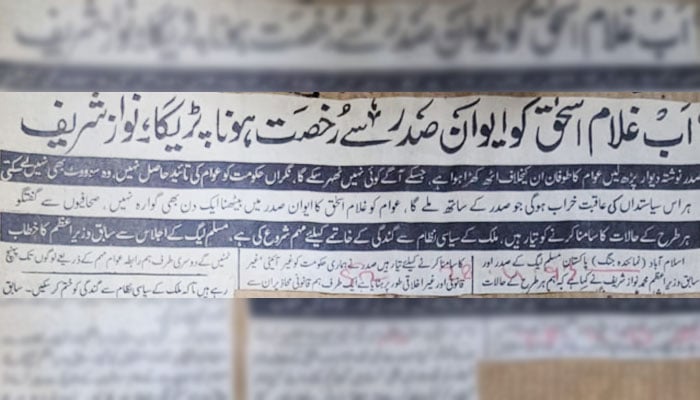
What was the Kakar formula?
The Kakar formula was named after Former Chief of Army Staff (COAS) General (retd) Abdul Waheed Kakar, who brokered a deal between President Ghulam Ishaq Khan, Nawaz Sharif, and Mohtarma Benazir Bhutto.
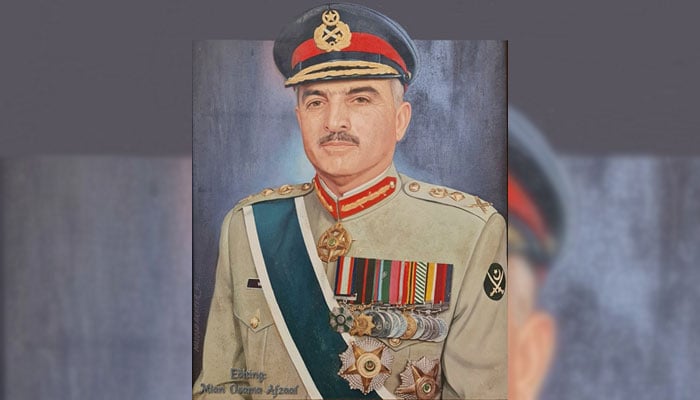
Under the Kakar formula, the stakeholders agreed on five points to rescue the country from a political deadlock. The points included the resignation of PM Nawaz, the dissolution of assemblies, the holding of mid-term elections, the appointment of a neutral interim Prime Minister and the resignation of President Ghulam Ishaq Khan.
On April 18, 1993, President Ishaq dissolved the assemblies for the third time and resigned immediately afterwards.
PPP’s victory and Benazir’s return to power
The next polls were held on October 6, 1993. This time Benazir's PPP was up against Nawaz Sharif's PML-N. The PPP won 89 seats, and despite getting more votes than the PPP the PML-N could secure 73 seats.
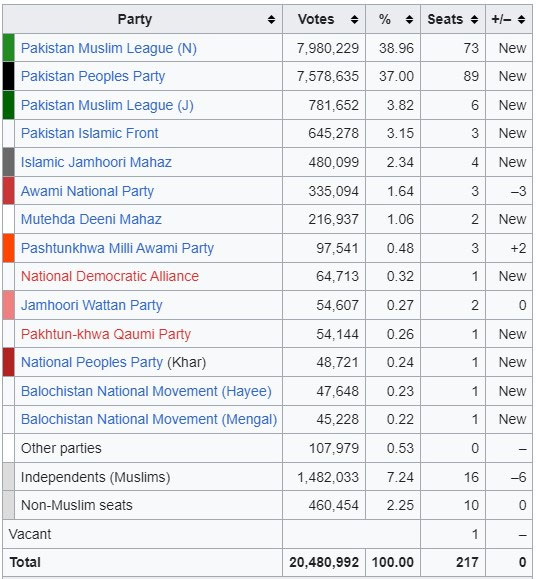
These polls witnessed another downward trend in turnout, remaining at 40.28%. Punjab’s turnout was reduced to 47% in 1993, while Sindh saw a major drop to 28%, and KP and Balochistan stood at 26%.
The PPP also gained a majority in Sindh and KPK, while PML-N emerged victorious in Punjab, and the BNP won in Balochistan. After the polls, the PPP formed a coalition government and Mohtarma Benazir Bhutto became the premier for the second time.
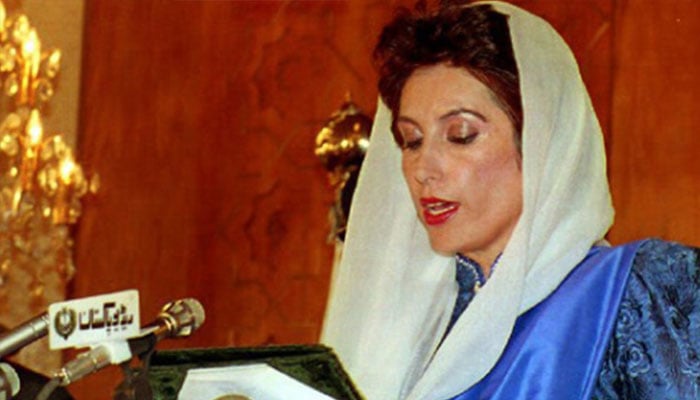
However, her second government could also last only two years when her own nominated President Farooq Leghari sacked her in 1996. Pakistan marched toward the third election of the 90s held in 1997.
The writer is a staffer at Geo.tv, he tweets X@ranashaharyar01




